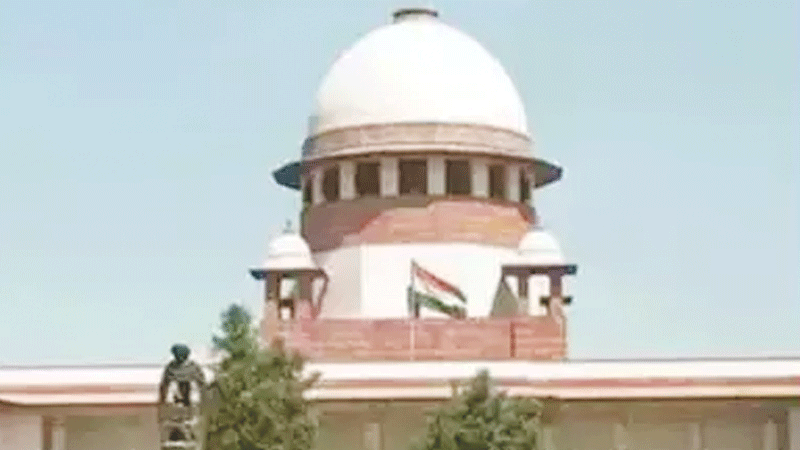The Supreme Court referred to books on subjects as diverse as history, culture, archaeology and religion in languages as varied as Sanskrit, Hindi, Urdu, Persian, Turkish, French and English in its judgment on the Ayodhya land dispute.
The apex court bench, headed by Chief Justice Ranjan Gogoi perused 533 documentary exhibits, including religious texts, travelogues, archaeological excavation reports, photographs of the site prior to demolition of the mosque and details of artifacts found at the disputed site.
The exhibits also included gazetteers and translations of inscriptions on pillars. On January 10, 2019, the top court had directed its Registry to inspect the records and if required, engage official translators.
On February 7, 2002, counsel for the petitioners in suit number five filed a report before the Allahabad High Court pertaining to the Ayodhya Vishnu Hari temple inscription and under the court’s orders, an e-stampage was prepared and was deciphered by an epigraphist, the apex court said.
It also referred to translated versions of Ain-i-Akbari, which was completed in the 16th century during Mughal emperor Akbar’s regime.
“The Ain-i-Akbari was work of Abul-Fazl Allami, who was one of the ministers in Akbar’s court. The Aini-Akbari was translated by H Blochmann from Persian to English. By its order dated March 18, 2010, the high court permitted the text to be relied on…,” the bench said.
It said travelogues of Father Joseph Tieffenthaler, which were translated from Latin to French and then its English translations were filed before the high court, were extensively relied on by counsels arguing in the title dispute.


